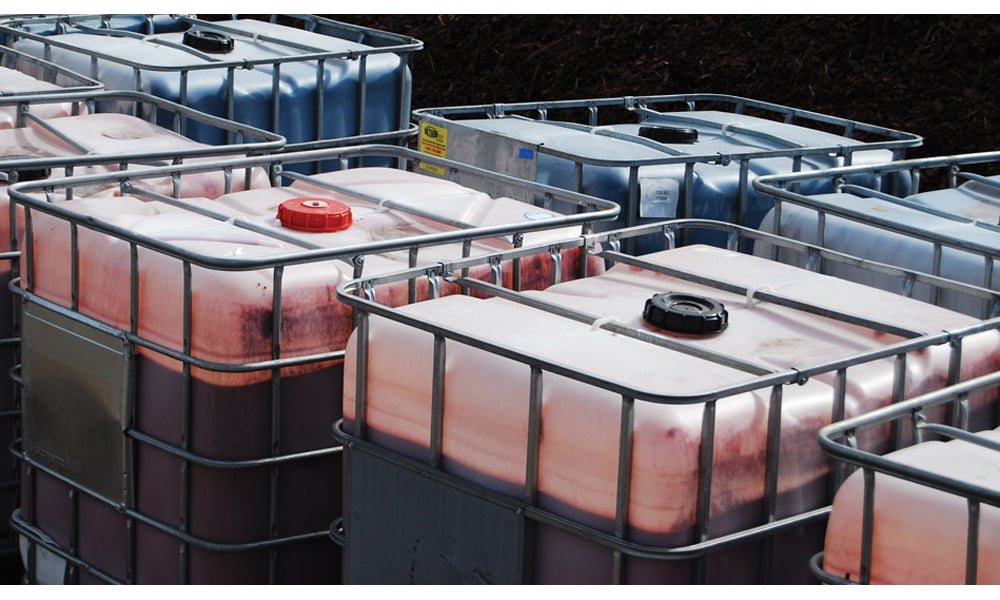
How does mulch conserve water?
Mulch helps conserve water by acting as a protective ground covering, reducing the amount of water that is lost to evaporation. This layer of insulation also protects soil from the wind, which further reduces the effects of evaporation. In most cases, a 2-inch or 3-inch mulch bed is sufficient for a significant reduction in water usage.
Because no two sites are identical, it’s difficult to say exactly how much water can be saved using mulch. The general climate, soil type, weather conditions and other factors will always play a part. But studies have shown that using mulch can reduce irrigation water usage by around 20-25%, with some research showing even higher levels of water conservation.
Given current landscaping trends and mulch’s unique ability to reduce water usage, here are some opportunities mulch producers should target to increase sales.
Golf courses
Golf courses use a lot of water — a LOT of water. According to Audubon International, the average course in America uses around 312,000 gallons of water every day. In desert climates, that number can reach over one million gallons. With high water usage comes high water bills, making golf courses prime candidates for using mulch to save water and money.
No, greenskeepers won’t be replacing the fairway with mulch anytime soon. Switching out a long rough for mulch, or putting wood chips under areas with heavy tree cover can be a great way for courses to reduce their water usage. But mulch can be used in other parts of the course as well. For landscaping around the clubhouse and along the driveway, using colored mulch that reflects a course’s brand can also add aesthetic value while helping to reduce costs. Less watering also means less work for maintenance crews. Mulch producers and landscapers looking to grow would do well to target local golf courses and explain all the benefits that mulch can provide.
Housing developments
New housing developments have always represented an opportunity for landscapers and mulch producers. But the new focus on water conservation and eco-friendly development practices means industry professionals have a new selling point when targeting these prospects.
When developments are built on greenfield sites, water drainage is always an issue that needs to be addressed, as are deforestation and the complications associated with destroying natural habitats. Putting down mulch not only helps conserve water, but it also helps prevent erosion and the issues it can cause.
It’s also important to note that modern homebuyers increasingly look for housing options that are as visually appealing as they are eco-friendly. So, developers who use mulch in their landscaping designs, particularly colored mulch, can accomplish both and attract more potential buyers to the area.
Commercial buildings
Like housing developments, commercial properties have long been a target for landscapers and mulch wholesalers. In these one-off projects, the size of the opportunity is tied directly to the size of the building and surrounding grounds. But new building trends have made mulch an increasingly attractive choice for any company looking to achieve sustainability goals. This is especially true if they are seeking to have their building LEED certified, the standard in eco-friendly building practices. Water conservation is a key component for LEED certification, and by using mulch in landscaping around the building, developers can meet this criteria more easily.
Landscapers typically like to add young trees to these kinds of projects, and studies have shown that ringing young trees with mulch can reduce their water needs by about 54% while also preventing weed growth. This means that mulch can not only boost water conservation goals as a whole, but also benefit the individual plants used in commercial landscaping designs.
Mulch is not going to solve our climate crisis on its own. But its potential for water conservation makes it an attractive option for anyone looking to cut back and help the environment. Mulch producers who can leverage this desire for sustainability and effectively communicate the benefits of mulch to prospects will be able to help both the planet and their bottom line.
For premium mulch colorant and coloring equipment, contact ChromaScape or request a sample today.


